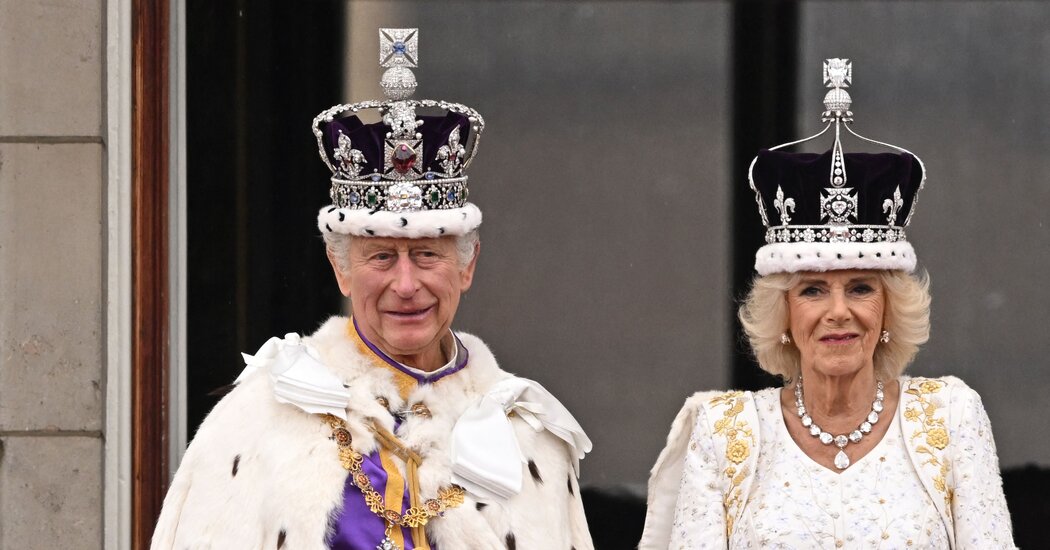
LONDON — Gems are often refreshed with new settings. But in the case of the British crown jewels, an update in the Tower of London is focusing on their historyrather than changes to the storied gems themselves.
The renovation, which was to open Friday and is the first in a decade, uses existing exhibition space in the Tower’s Jewel House to tell more of the background and significance of the royal regalia, including such controversial aspects as the provenance of the 105.6-carat Koh-i-Noor diamond, which some consider an example of British colonial larceny.
The four-year project — a partnership between Historic Royal Palaces, the organization in charge of the Tower of London, and Garrard, the London house that held the title of crown jeweler until 2007 — cost more than 2 million pounds, or $2.5 million.
“One of our key priorities was making the exhibition more accessible, with new additions including enhanced, tactile 3-D models for visually impaired visitors,” Charles Farris, public historian at Historic Royal Palaces, wrote in an email. For example, 3-D resin models of the 3,106-carat Cullinan diamond and nine of the largest stones later cut from it were attached to a display panel so visitors can feel them.
Another priority, Mr. Farris wrote, “was just expanding the number of stories we explore in the exhibition.”
Among those stories is an explanation of why Oliver Cromwell in 1649 ordered the destruction of what was left of the original crown jewels, dating from the Middle Ages (a survivor was a 12th-century silver-gilt spoon, used to anoint King Charles III with holy oil during his coronation earlier this month).
To Cromwell, the jewels represented the “detestable rule of kings,” but they were recreated for Charles II’s coronation in 1661.
And “the display explaining the story of the Koh-i-Noor references its long history as a symbol of conquest,” Mr. Farris wrote. India has sought the repatriation of the gem, which in 1937 was set in the crown of Queen Elizabeth, the Queen Mother. (The gem’s troubled history came into the public eye again recently when Queen Camilla avoided controversy by using a different crown for her coronation.)
During a video about the diamond, a digital map outlines the gem’s path from India to England. And an Indian armlet set with a reproduction of the Koh-i-Noor shows how large the stone was (191 carats) before Prince Albert asked Garrard to recut it in 1852.
New exhibits also included the state crown frames, the metal structures minus the jewels, that were made for George I, George IV and Queen Victoria; and the hammer and knife used to make the first cuts on the Cullinan diamond, the largest gem-quality rough diamond ever found, discovered in South Africa in 1905. The two largest stones cut from it were placed in the Sovereign’s Scepter and the Imperial State Crown, both of which have been returned to the crown jewels display after being used in the recent coronation.
The revamped Jewel House exhibition space had been closed since September 2022, but its Treasury, where the most precious pieces are displayed, remained open.
The Tower has housed the crown jewels, which now total more than 23,500 gemstones, for nearly 400 years. Last year two million people toured the Tower, “still slightly below our numbers from pre pandemic,” Mr. Farris wrote.






